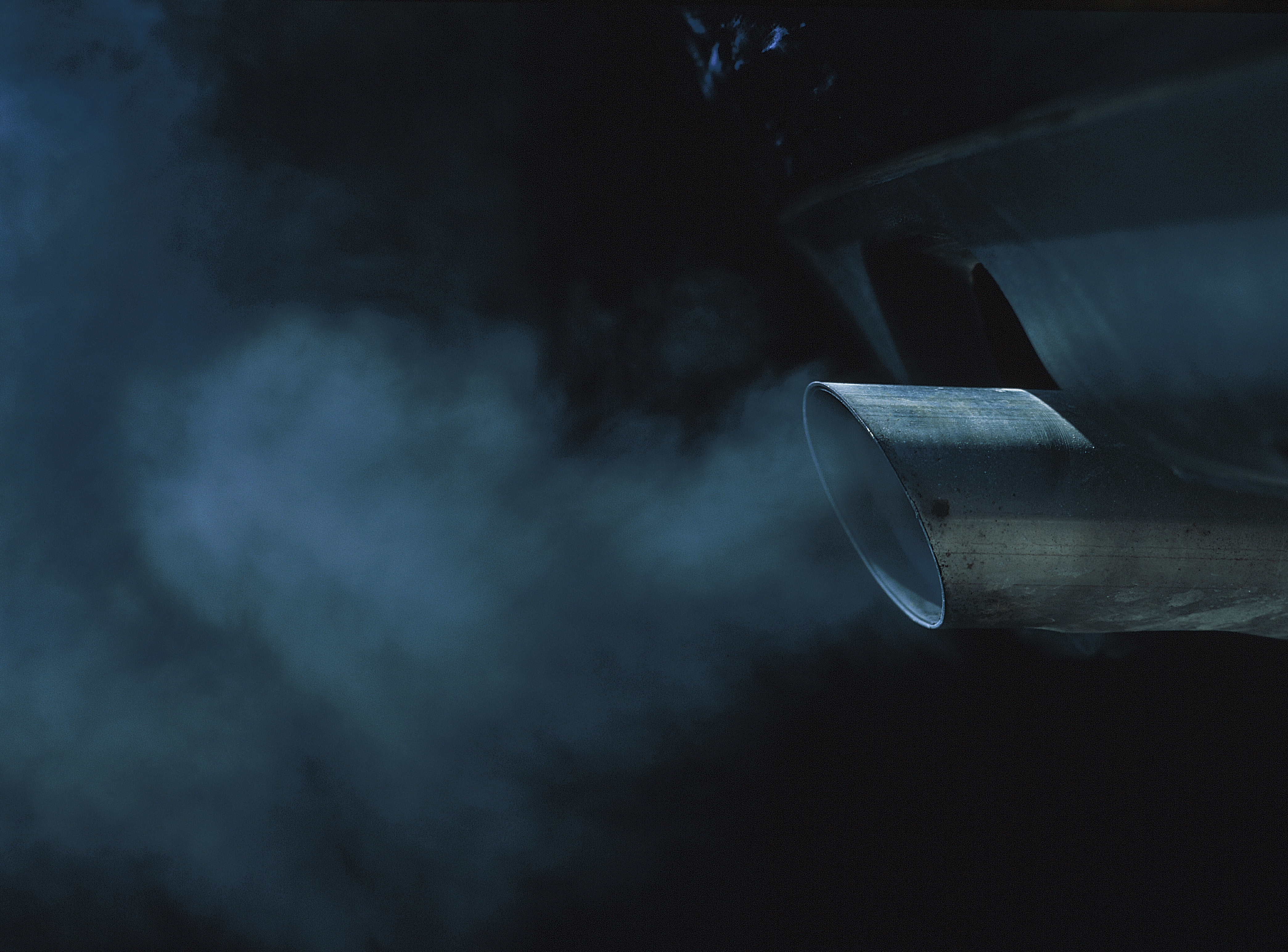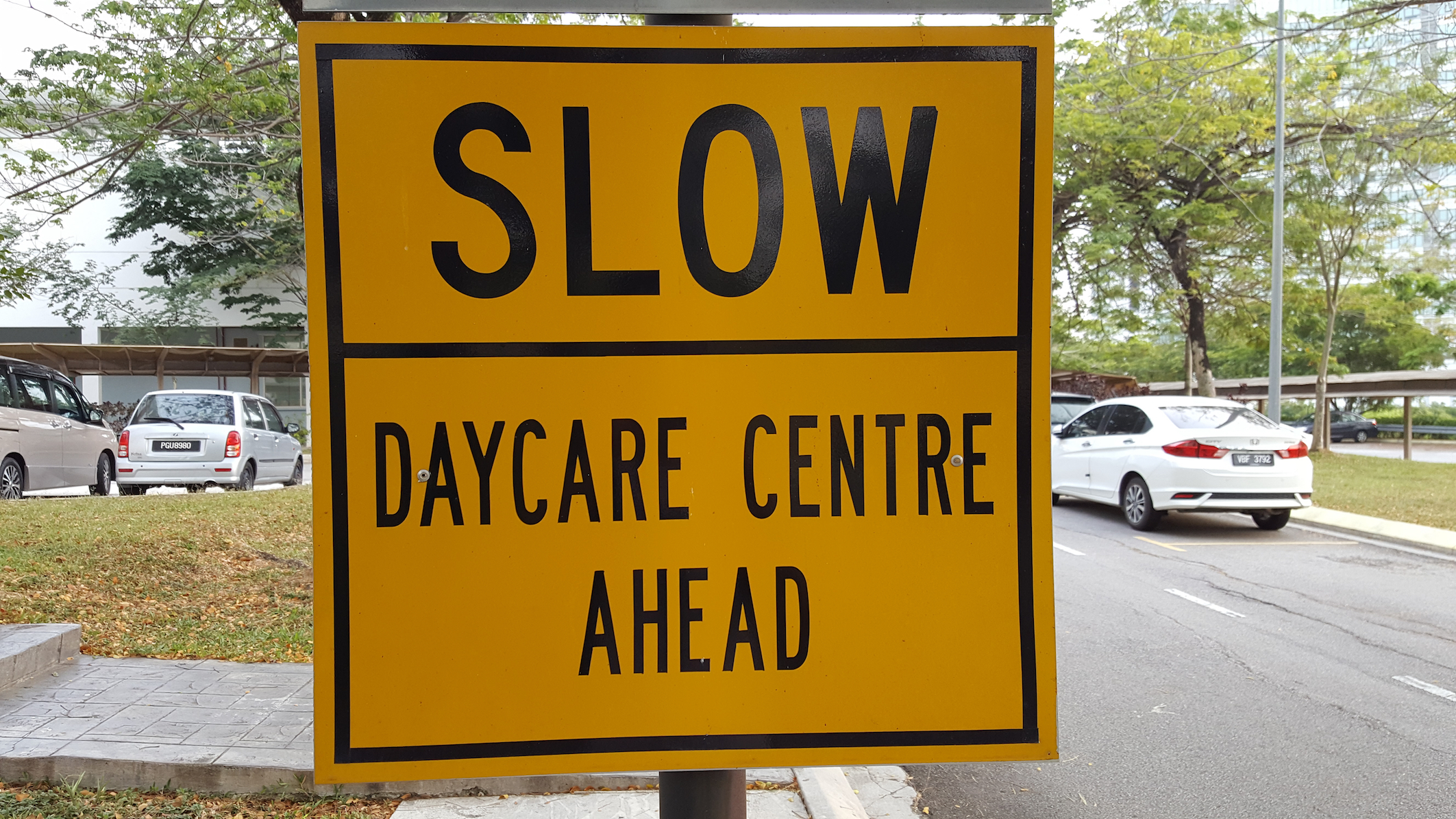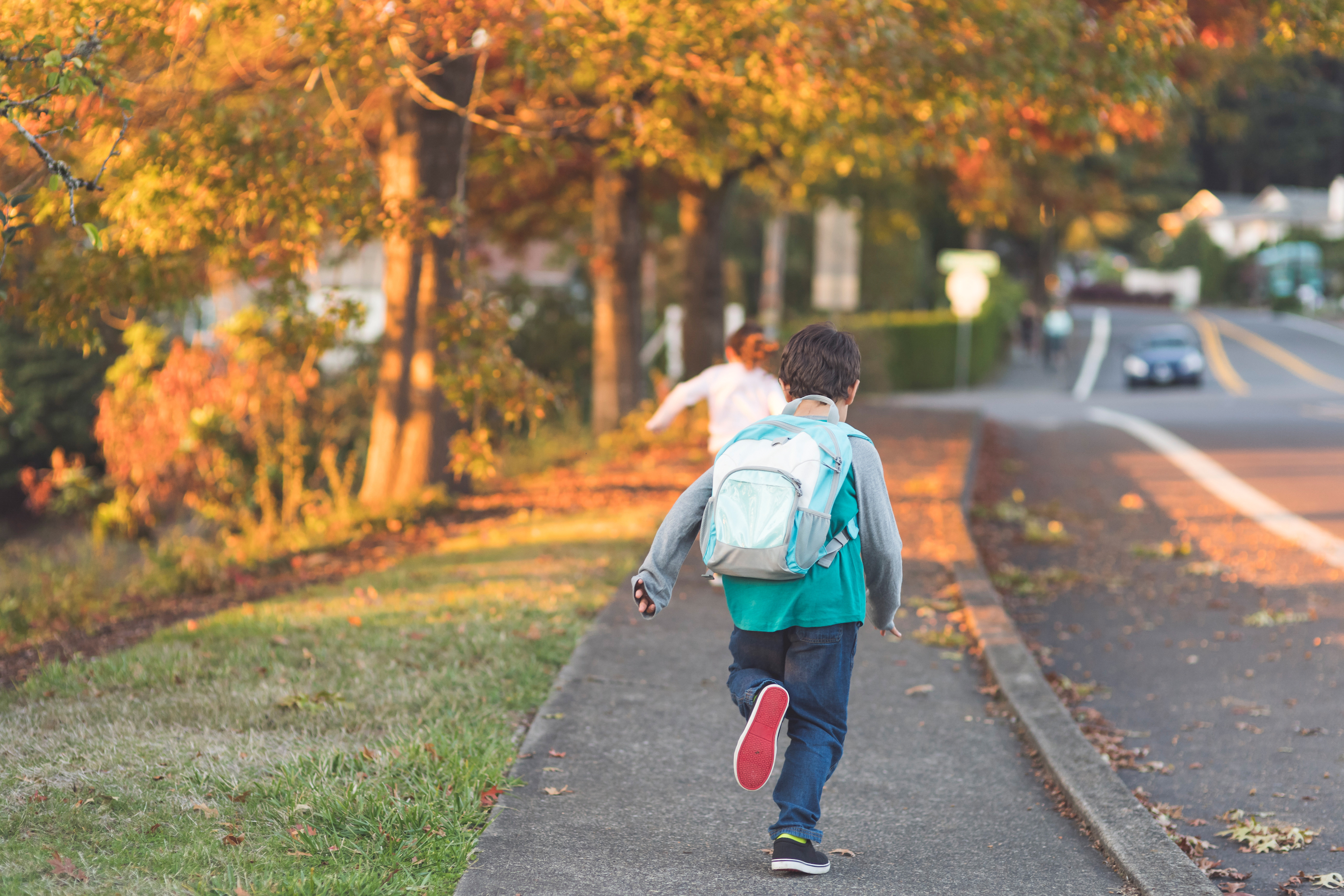
Health & Medicine
Are Australia’s roads giving you asthma?

New research finds that many inner Melbourne childcare centres are built close to busy roads, putting children near dangerous vehicle exhaust and highlighting the need for buffer zones
Published 30 July 2019
There is increasing evidence internationally and in Australia linking a higher risk of asthma and allergies with exposure to traffic-related air pollution.
While there are no safe thresholds for exposure to traffic pollution, research has found that the health risk is highly correlated with the extent of exposure. And children are particularly vulnerable to traffic-pollution exposure because their lungs are still developing and they often spend more time outside than adults.

Two major statistical analysis of past studies in 2012 and 2015 have found that increased exposure to exhaust pollution increases the incidence of childhood asthma.
The 2015 study found that every two microgram per cubic metre incremental increase in chronic exposure to particulate matter from car exhausts in early childhood, increased the risk of developing asthma in later childhood by 14 per cent.

Health & Medicine
Are Australia’s roads giving you asthma?
So, with that in mind, how close do you want your child’s childcare centre to be to a busy road?
Using the Australian Urban Research Infrastructure Network’s spatial database, which collates information on Australia’s cities and towns for mapping and analysis, we mapped the locations of inner Melbourne’s 278 childcare centres.
We found that 29 centres, or more than 10 per cent, were located within just 60 metres of busy roads with a daily traffic volume of at least 20,000 cars a day. Some of these busy roads near childcare centres have well over double that load of traffic.
Given the emerging evidence, as health researchers, we think this is simply much too close for comfort.
But, there are no standards or guidelines in Victoria on how far from major roads childcare centres should be located.

Compare that with California, where guidelines have successfully reduced the exposure of children to exhaust fumes. The California Air Resources Board recommends that new schools be built no closer than 150 metres (500 feet) of a major road, defined as a road carrying over 50,000 vehicles a day.

Sciences & Technology
Thunderstorm asthma: Counting pollen to save lives
An extreme example of how close some childcare centres are to busy roads in Melbourne is my own child’s childcare centre. It’s situated just 15 metres from the busy eight-lane Hoddle Street road.
An independent assessment of air quality at this centre in 2014, funded by the local council and accessed under Freedom of Information laws, found that over the three months from April to June, the fine particulate matter in the air (which can penetrate the lungs) averaged 11.4 micrograms per cubic metre.
That compared with the Victorian Environmental Protection Agency (EPA) annual standard of no more than eight micrograms.
In addition, it recorded two instances where the EPA’s hourly threshold standard of 25 micrograms was exceeded at 28.4 and 37.8 micrograms.
A new childcare centre is now being planned in Yarraville. Situated in Melbourne’s inner west, Yarraville lies between container yards and the Port of Melbourne.

Consequently, an estimated 20,000 trucks pass through its streets daily, and previous EPA monitoring has found that roadside pollutants exceed air quality thresholds.
The area also has the highest rates in Victoria of children presenting with respiratory disease at hospital emergency departments.

Health & Medicine
Cleaner safe air needs you!
This new centre will be situated on an intersection that will leave the children’s second floor, open-air play area just four metres from where 4,650 trucks pass daily.
We can and should be doing better than this.
In California, over the last 20 years, polices have reduced the exposure of children to exhaust pollution, and these reductions have been shown to be correlated with significant improvement of lung function.
Importantly, these health benefits can be expected to extend into adulthood, reducing the risk of later cardiovascular disease.
Our policy makers need to be implementing mitigation strategies that match the best practices in California, including ensuring adequate buffer zones for childcare centres.

Other strategies include:
Improving indoor ventilation and filtration
Imposing anti-idling restrictions
Installing road side barriers
Designing play areas away from exhaust pollution movements
Structure outdoor play for out of peak traffic hours
Encourage cycling and walking as opposed to driving to school and childcare.

Health & Medicine
The long-term benefits of controlling your asthma
The monitoring of air quality near childcare centres and schools also needs to be improved. Current official monitoring network. only measures ‘background’ levels of air quality when much more specific area monitoring is needed.
This is something that schools and childcare centres can now readily do themselves given the rising number of low-cost monitoring devices now available.
Lung health and development in children has lifelong consequences.
Health professionals must play an active role in raising public awareness and advocating for greater consideration of children’s lung health in childcare centres.
Australia’s National Environmental Protection Measures legislation is underpinned by the objective that “all Australians enjoy the benefit of equivalent protection from air pollution”, but until we follow international examples and actively seek to reduce children’s exposure to traffic pollution, we will fail our most vulnerable members of society.
Banner: Getty Images